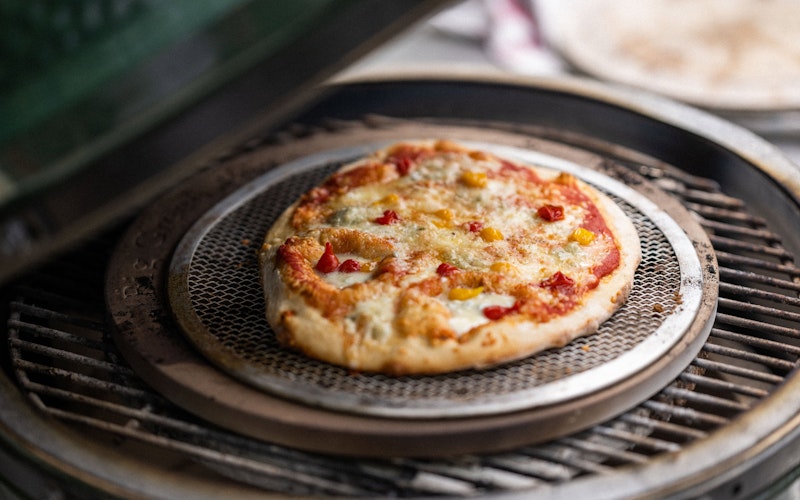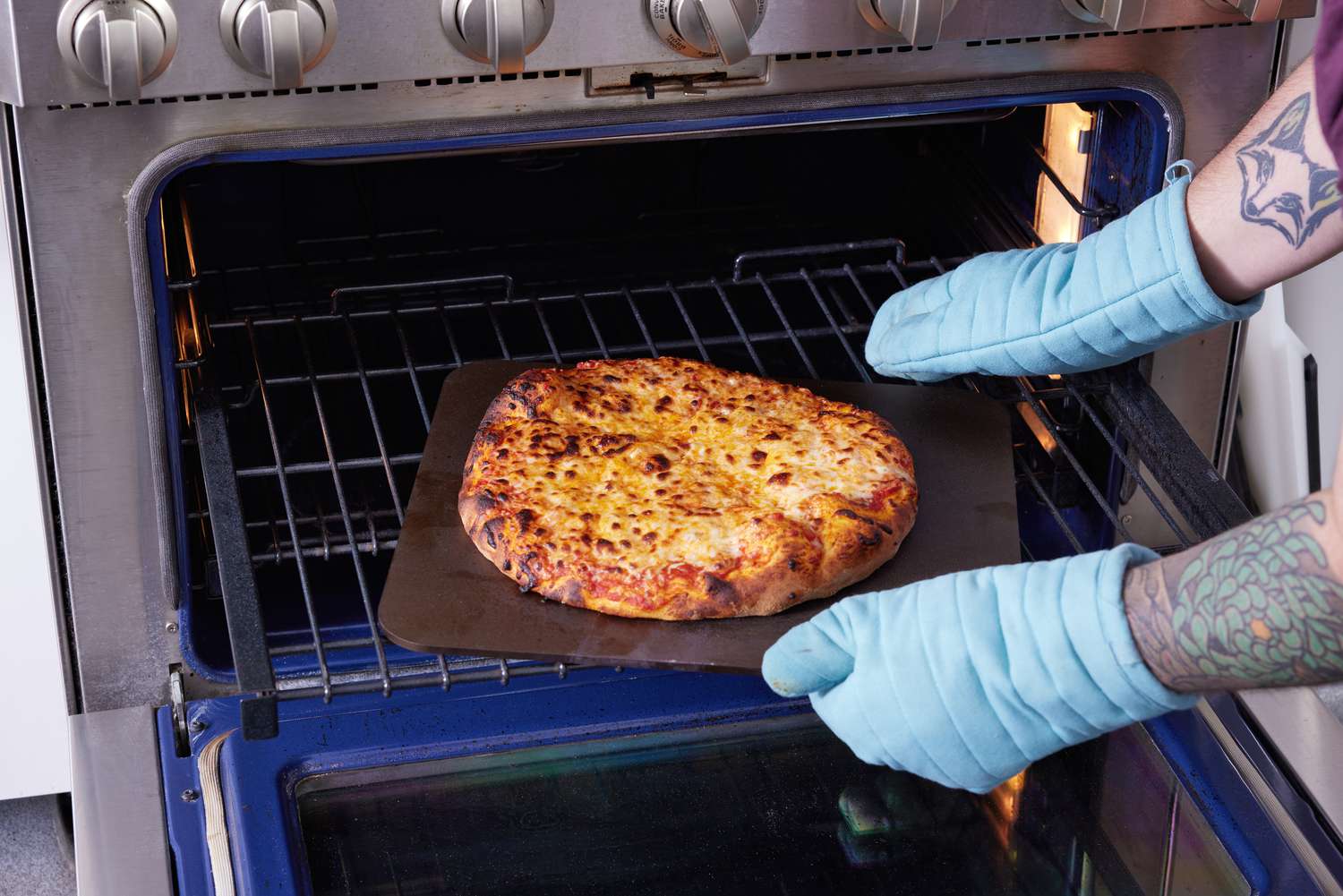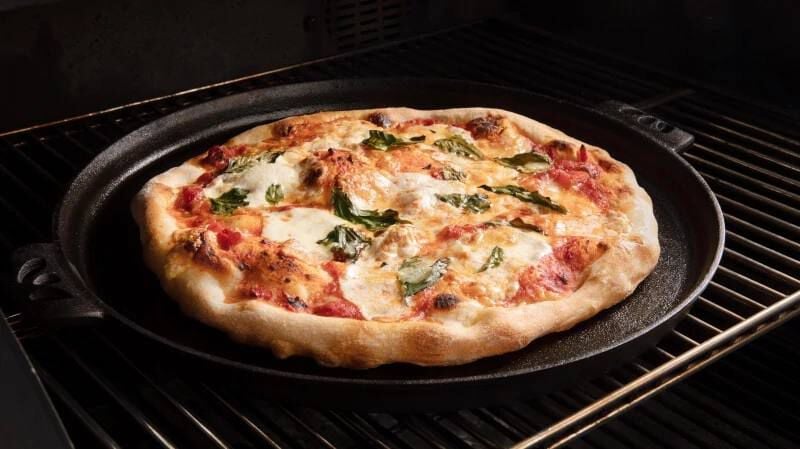Understanding the Basics of Baking with Stones
In the culinary world, mastering the art of using a baking stone can significantly enhance the quality of your baked goods. If you're looking to delve into this transformative technique, this beginner's guide to baking with stones is tailored with insights for kitchen professionals.
The cornerstone of stone baking is the material's ability to evenly distribute heat across your dish. Particularly suited for bread and pizza, baking stones offer a crispiness and flavor that is hard to replicate with conventional metal baking sheets.
:max_bytes(150000):strip_icc()/pizza-stone-testing-winners-the-original-baking-steel-wdickey-7-63-0eab155b17994dcc94fe89c908bab57d.jpg)
Why Use a Baking Stone?
Baking stones have earned their place in kitchens due to their remarkable heat retention and distribution properties. The stone's porous nature allows it to absorb moisture, creating a perfectly crispy crust every time. Compared to metal sheets, they provide a more stable temperature, reducing the risk of hot spots.
For kitchen professionals, these benefits translate into consistent results and the ability to deliver high-quality baked products. Discover how to determine your need for a baking stone and how it can transform your pizza baking experience.
Selecting the Right Baking Stone
When choosing a baking stone, consider its thickness, material, and size. Thicker stones retain heat better, while materials like cordierite and ceramic offer durability and superior heating properties.
The size should match your oven dimensions and the type of items you'll be baking. Whether you're preparing bread, pizza, or pastries, ensure your stone is appropriately sized for the task.
Preparation and Maintenance Tips
Proper preparation and maintenance are vital for prolonging the life of your baking stone. Before using a new stone, refer to our guide on preparing your baking stone for the first use.
Always allow the stone to cool completely before cleaning to prevent cracking. Use a brush or scraper to remove food residues and avoid using soap, as stones can absorb these chemicals and affect food flavor.
Advanced Techniques for Professionals
As you gain confidence, explore advanced techniques such as preheating your stone to enhance the crust's texture or experimenting with different hydration levels in your dough to achieve varied results.
Also, delve into the art of using baking stones beyond traditional dishes. Our guide on baking stone applications offers insights into maximizing your stone's potential.
For further exploration, professionals can look at using baking stones in unconventional recipes, opening new avenues for creativity and innovation.

Troubleshooting Common Issues
Despite their benefits, baking with stones poses challenges, such as cracking under thermal shock or uneven baking if not preheated properly. Avoid these pitfalls by ensuring gradual temperature changes and using an oven thermometer for accuracy.
For more tips on avoiding common mistakes, check this comprehensive guide on the varied uses of pizza stones, which can help troubleshoot your baking endeavors.
Frequently Asked Questions
Can I use a baking stone in any type of oven?
Yes, baking stones are versatile and can be used in most conventional and convection ovens. Be sure to confirm the size compatibility with your specific oven model.
How do I clean a baking stone?
Clean your stone by scraping off food debris with a rigid spatula or gentle brush. Avoid using soap as it can flavor future bakes. For stubborn spots, a paste made of baking soda and water can help lift stains.
What if my stone cracks?
If a stone cracks, it may not affect its usability immediately, but it can compromise heat distribution. Consider replacing it sooner rather than later to maintain top baking standards.
This article contains affiliate links. We may earn a commission at no extra cost to you.






Leave a comment
This site is protected by hCaptcha and the hCaptcha Privacy Policy and Terms of Service apply.